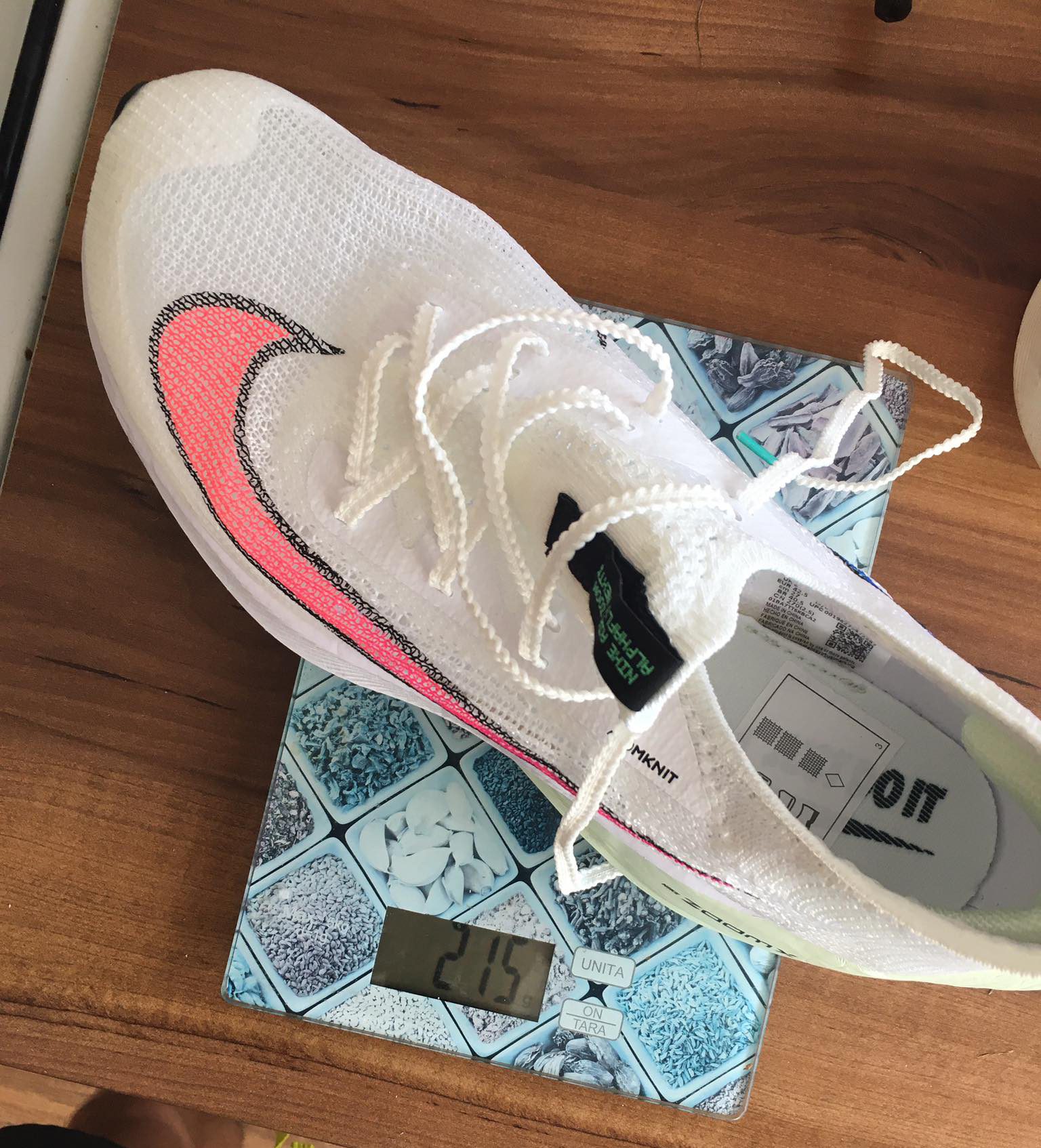

The intersection between human performance and technology draws excitement we desperately need. Meanwhile, the Vaporfly/Alphafly controversy has attracted interest from people who didn’t previously care about running. Find me a parallel for that anywhere else in running. Meanwhile, 779,000 people live-streamed Eliud Kipchoge’s 1:59 marathon, an event in which highly controlled factors like the shoes, venue, and aerodynamics played crucial roles in Kipchoge’s success. We’re slashing entire events from Diamond League programs in an effort to attract new viewers and grow the sport. The stance of the people who control running right now is that it isn’t interesting enough. So credit University of Michigan biomechanist Geoff Burns for the following idea. If you want to run professionally, you have to align yourself with Nike or a Nike competitor. Our current situation, debating who gets to wear what shoe, exists because shoe companies are the primary sponsors for athletes. If sport were fair, it wouldn’t be as compelling.

Some runners have immense talent but lack the durability to survive hard training. We don’t all respond to training in the same ways. Tucker isn’t wrong, but I contend that he’s operating on the premise that athletics was previously fair, which it wasn’t. This references data from a BYU study that showed that some runners don’t see a significant advantage from the Vaporfly, while others may see an advantage above 4 percent. “When the difference made by technology is larger than the normal difference between athletes, then the integrity of the result is changed.” He expands upon it to say that the future of athletics entails athletes who are not necessarily better than one another, but those who are more responsive to the advantage provided by high-tech shoes. His point, which Tucker dubbed “Ross’ rule,” goes like this. But then, you don’t bite the hand that feeds. Most athletes aren’t openly complaining about the evident advantage of the Alphafly compared to their sponsors’ shoes. However, as sport scientist and Adidas advisor Ross Tucker points out, not everyone will see the same advantage. And if it’s similar to the prototype Kipchoge wore to break two hours in the marathon, it’ll be very quick. This is based on the assumption that it’s better than the Vaporfly, the only shoe for which we have an actual figure on running economy improvement. Your Favorite Athletes Won’t Be Wearing It in TokyoĪ lot of the Alphafly debate has to do with far-reaching consequences that will extend past the 2020 Tokyo Olympics, but the shoe will likely offer an advantage to Nike-sponsored runners at the Games. High-tech shoes will only get more expensive, which bodes poorly for the upward mobility of economically disadvantaged, talented runners who might otherwise become the next Kipchoge or Linden.
#Nike alphafly pro
If lack of access to an expensive shoe means the difference between a young runner getting discovered and earning their first pro contract or not, then that’s no good for the sport. However, let’s say the Alphafly confers an even greater advantage than the Vaporfly-a 7 percent reduction in running economy, for the sake of this example. Inside the Vaporfly: So Fast It Was Nearly Banned.


 0 kommentar(er)
0 kommentar(er)
